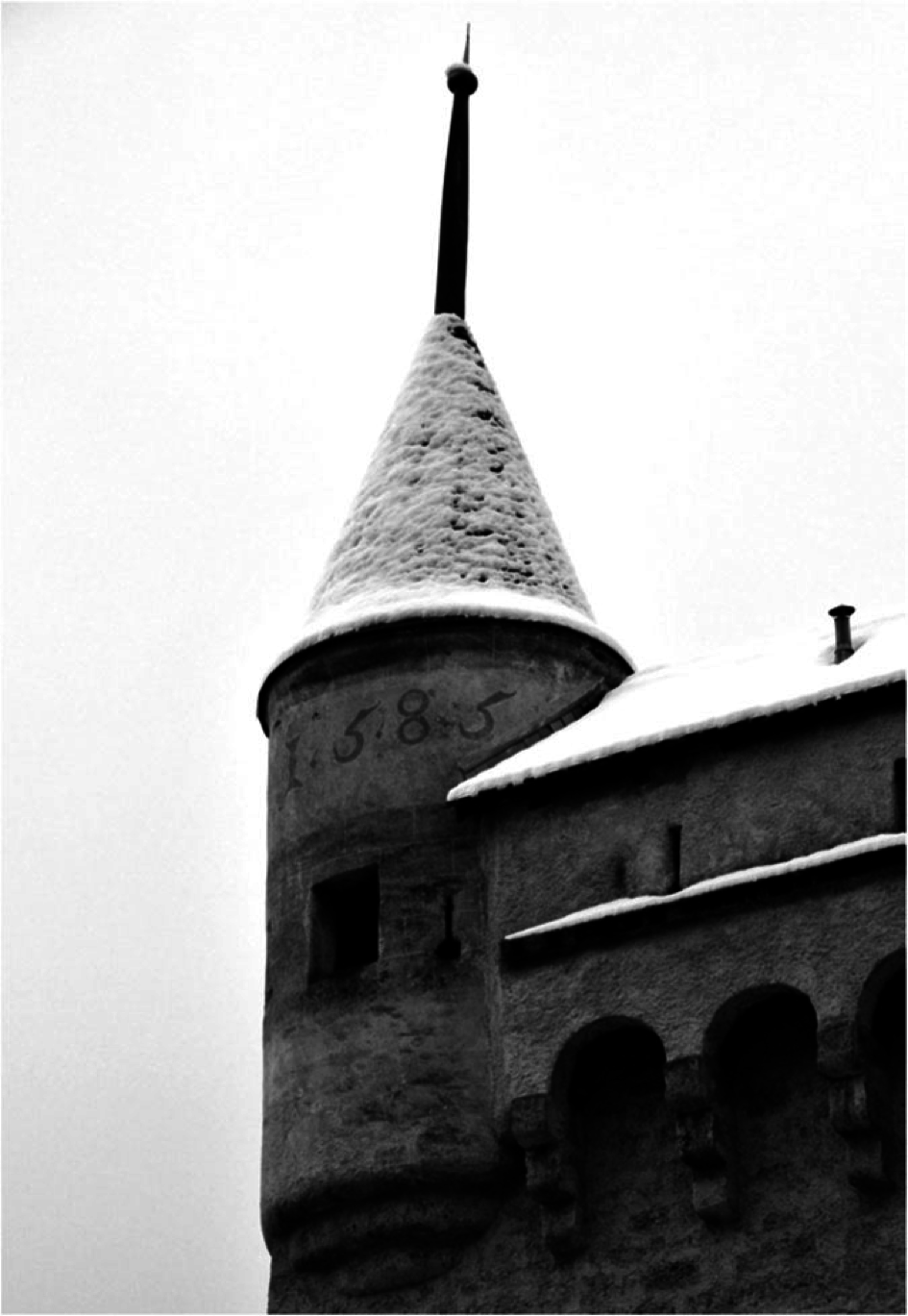

Université de Lausanne | Service Culture et Médiation scientifique
Dorigny
1015 Lausanne
www.unil.ch interface@unil.ch +41216922078 M1 arrêts UNIL / Sorges
Earthquakes in the Vaud Alps

Natural danger Earthquakes in the Vaud Alps picture: Schwarz-Zanetti et al. 2018
Prof. György Hetényi (FGSE, ISTE), (text edited by Prof. Jean-Luc Epard (FGSE, ISTE)) Earthquakes… They surprise humans every time they occur. Nonetheless, they have been omnipresent for millions of years and they show how the Alps are evolving. To the best of our knowledge, the largest alpine earthquake happened in 1348 at the border between Austria and Italy. Its magnitude was of 7 on the Richter scale, i.e. 4 times more energetic than the largest Swiss earthquake (Basel, 1356). These quakes, and others throughout geological history, accompanied the formation of the Alps through compression between two plates (Africa and Europe), and the fracturing of the Earth’s crust through thousands of tectonic faults. In the Vaud Alps, the largest earthquake, with a magnitude of 5.9, took place on the 11th March 1584 in the Aigle region. It is the 4th earthquake in the history of Switzerland. Its intensity (the extent of damage caused) reached VIII on the Mercalli scale. Over 40 testimonies indicate that the earthquake was felt as far as Annecy, Piedmont or Lake Constance. The earthquake caused a landslide beneath the Tour d’Aï, which caused an avalanche of debris (an earth flow) three days later, destroying the villages of Corbeyrier and Yvorne and killing over 300 people. Another interesting phenomenon happens in the Pays-d’Enhaut, near the Château-d’Oex. It is called a “seismic swarm”, referring to a series of small quakes that take place over a long period (from several days to years), without a significant earthquake having caused the start of the sequence. This swarm was active between 2007 and 2009, then again between 2016 and 2019. Some of these earthquakes were felt by the population, while others went unnoticed. It is important to remember that earthquakes can happen at any time and anywhere in the Vaud Alps. Furthermore, initial earthquakes in neighbouring sectors, such as the Canton of Valais, can effectively cause damage in the Canton of Vaud through direct ground vibration or by triggering landslides, avalanches, or even tidal waves. Indeed, in the year 563, a rockfall near the Rhône delta caused an enormous wave that swept through Lake Geneva, measuring over 13 m at Lausanne. We are not protected from earthquakes, which is why it is important to build according to seismic resistance norms, to secure heavy objects (wardrobes for example) to the wall and to think about the proper reaction to have in the case of an earthquake.





 culturalnetwork
culturalnetwork ch
ch


